We’re excited to introduce you to the always interesting and insightful Kat Glazewski. We hope you’ll enjoy our conversation with Kat below.
Hi Kat, thanks for joining us today. Can you talk to us about a project that’s meant a lot to you?
I went to college for Jewelry Design. We did a little bit of everything in class; soldering and basic fabrication, forming with hammers, making chabocons, and casting. My casting class came on the heels of a 3D modeling class, so for the final project I created my forms on the computer, printed them in wax, created molds from those originals and then cast them over and over in bronze to create a necklace. This is how SeaDragon was born. But even after that class project was over, I continued working with these shapes. During my senior year I was invited to participate in the school’s end of year Design Showcase, where I presented several variations on the original SeaDragon necklace, now in silver and with colorful stones and glass enamel.
I graduated with my BFA in 2010. The problem with graduating was I no longer had access to the school lab, and all of the equipment there. I completely stopped making anything in silver for years, while I tried to figure out what came after college, tried to find a career and become financially stable.
In 2017 I moved to the San Francisco Bay area, and found a new job with a startup. While the job isn’t specifically about jewelry, it gave me access to 3D printers again, and a much better financial foundation. I’d been thinking about my SeaDragon project for years, and finally felt I could start to bring it back to life.
The years since the pandemic have been the most dramatic so far. I re-designed the SeaDragon shape and started making. At first I could only make the pieces one at a time – I had to buy a small casting set-up. Then I added a tiny kiln to do enameling. I got enough work together to start selling at craft shows in Oakland.
The SeaDragon project is meaningful to me because it drives me. I’m not building skills to make someone else’s engagement ring or to bring someone else’s ideas to life; every skill I learn feeds back into making this project better and brighter. Jewelry can be a really commoditized hobby, where you’re always being driven to make something sellable, something with mass appeal. The line between high “art” and object gets really blurry. SeaDragon is my art, and I make it just for me.
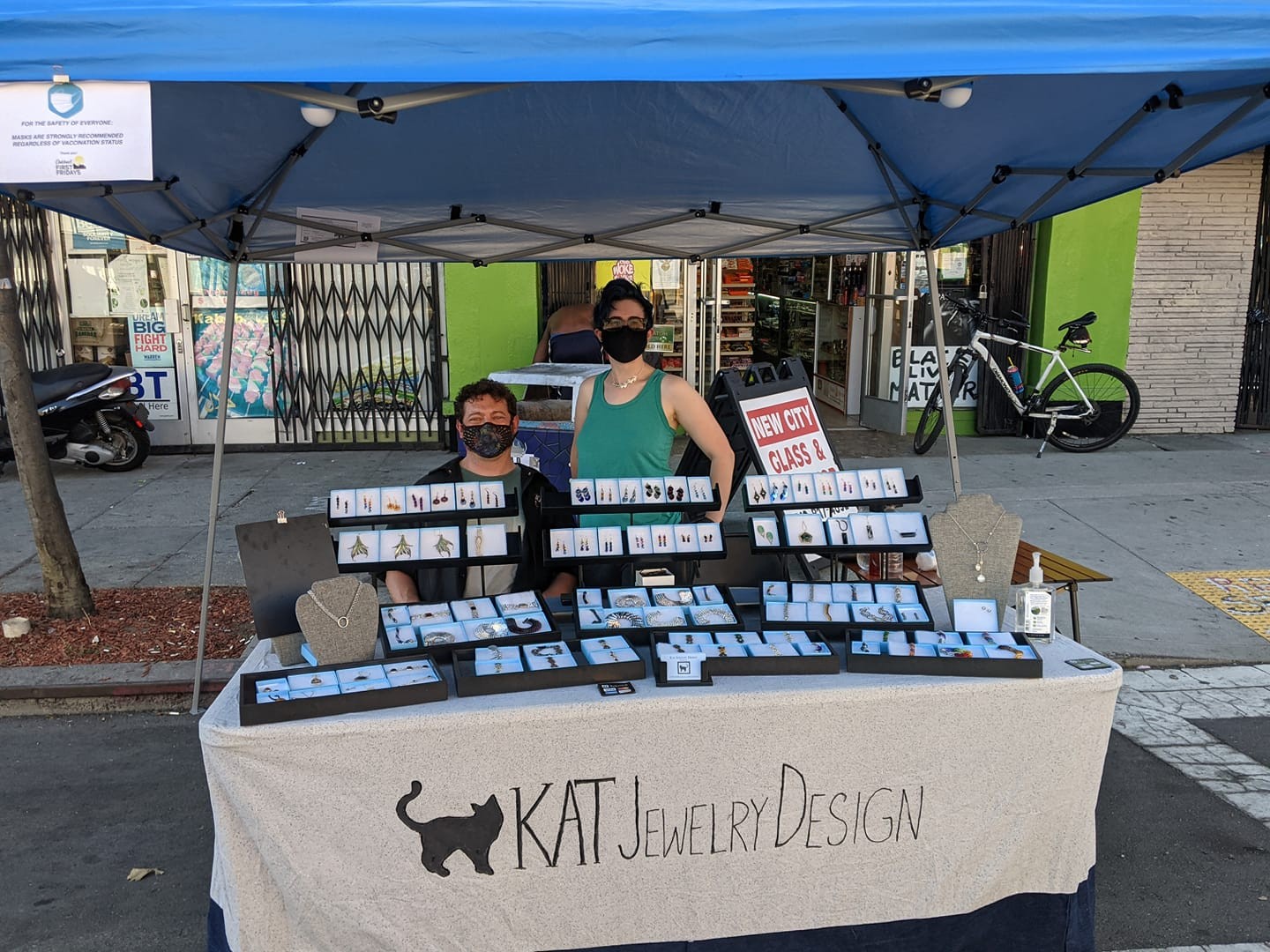


Awesome – so before we get into the rest of our questions, can you briefly introduce yourself to our readers.
My name is Kat, and I make Shiny Things. I am a hobby artist working primarily in silver and semi-precious stones. My style tends to be modern with just a hint of whimsy; I approach jewelry as a functional object that can also be art, and deserves to be considered in 3 dimensions and from all angles. What’s happening on the back side? What story could this stone be telling? How does the process of Making influence the final form? These are questions I’m seeking to answer with every piece, and still end up with something attractive and wearable.
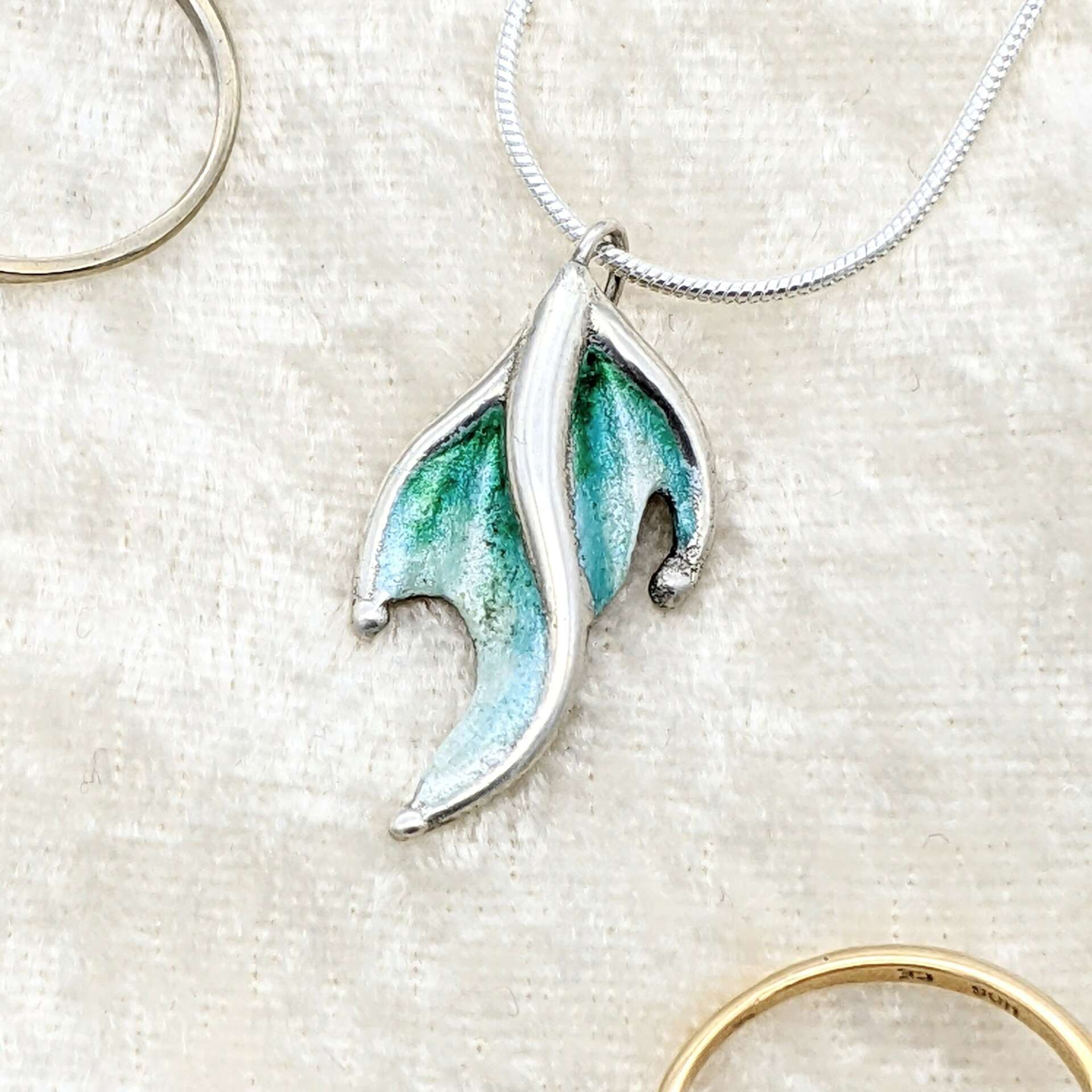
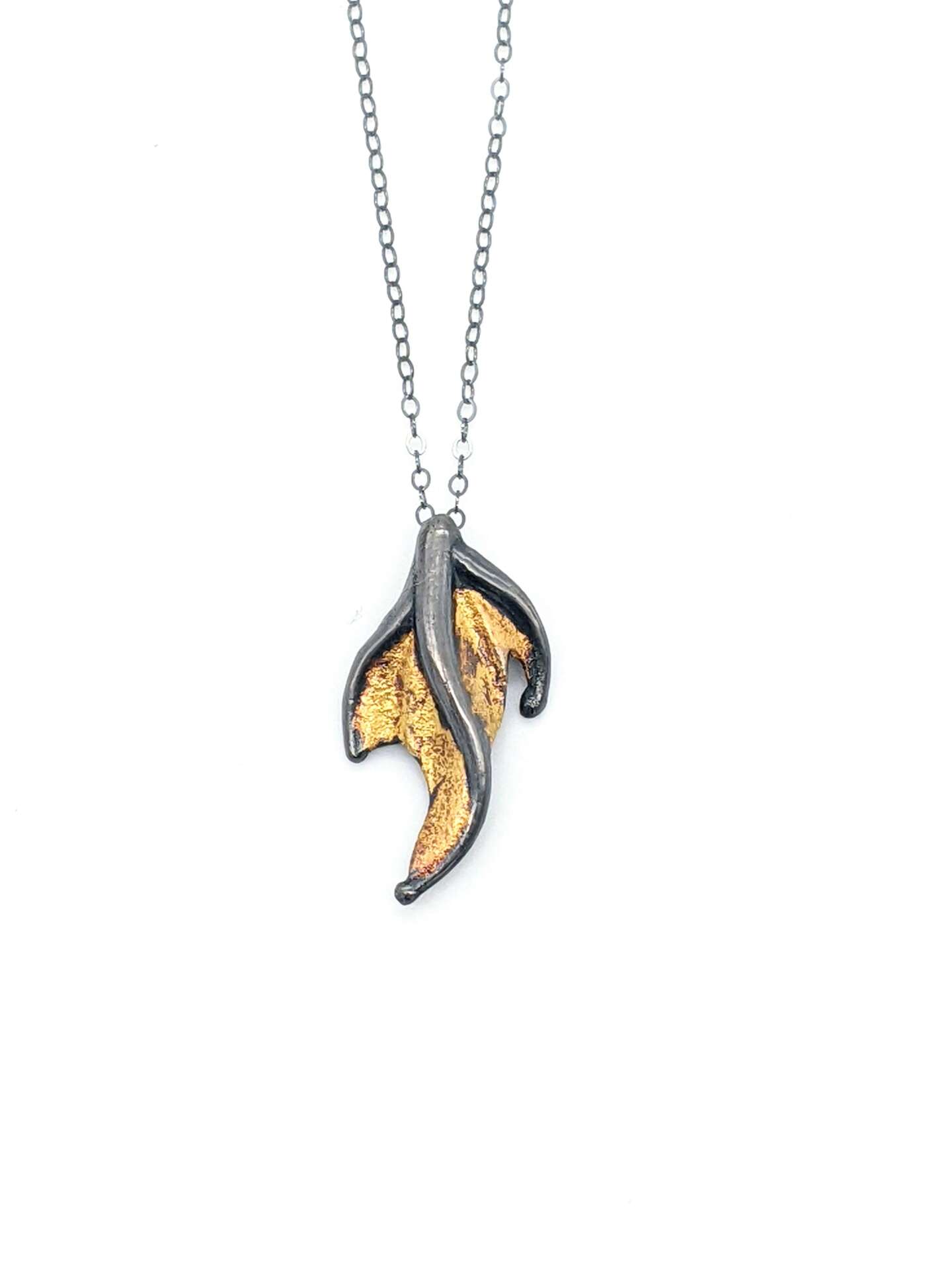
How can we best help foster a strong, supportive environment for artists and creatives?
I’ve struggled with pricing my work, and I’m certain many artists at all stages of their careers have as well. I remember a weird experience where I’d done the math on a particular piece: the cost of materials, the time, the effort. I knew the price I had marked was absolutely correct. And when I looked at that piece as a buyer, I didn’t think I would pay that price. We undervalue art. Jewelry, mass produced in a factory and imported, stops being art and starts being a commodity, and we’re accustomed to paying a lower price for that commodity. I want to see fine jewelry presented as Art more. Young artists need support to believe in the value of their work, for all forms of art, and jewelry artists should be recognized as fine artists and displayed with reverence in galleries just as much as painters and sculptors.
But I also want to say, that walking up to a young artist at a show and saying “you’re not charging enough” isn’t helpful by itself. I’ve been that young artist. If you’re not buying, I have no reason to worry about what you think my prices should be. I needed a deeper discussion; an explanation that buyers may perceive my work as “cheap” due to my prices, and a price comparison of similar work in a similar market. I needed help to view my work as art and not as commodity.
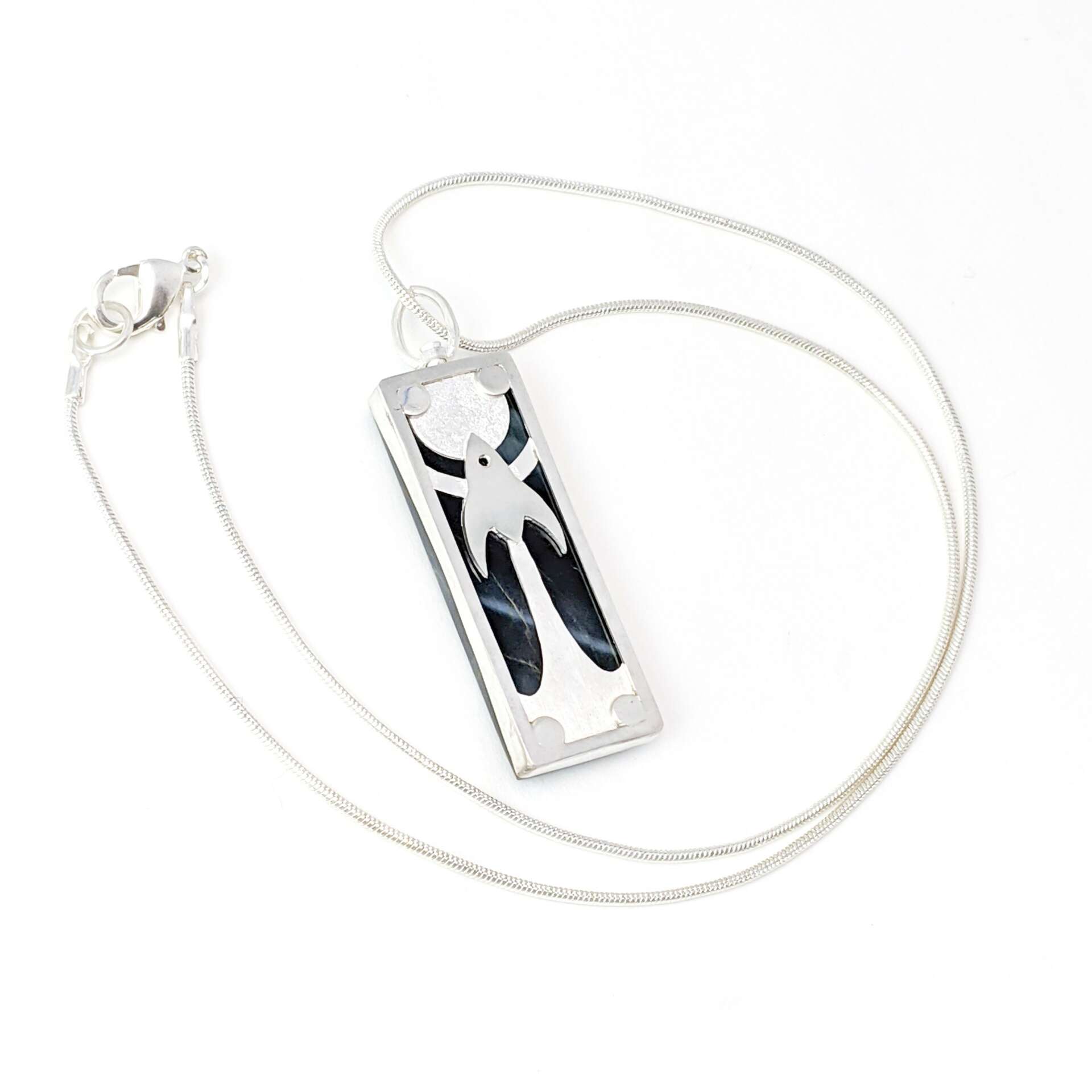
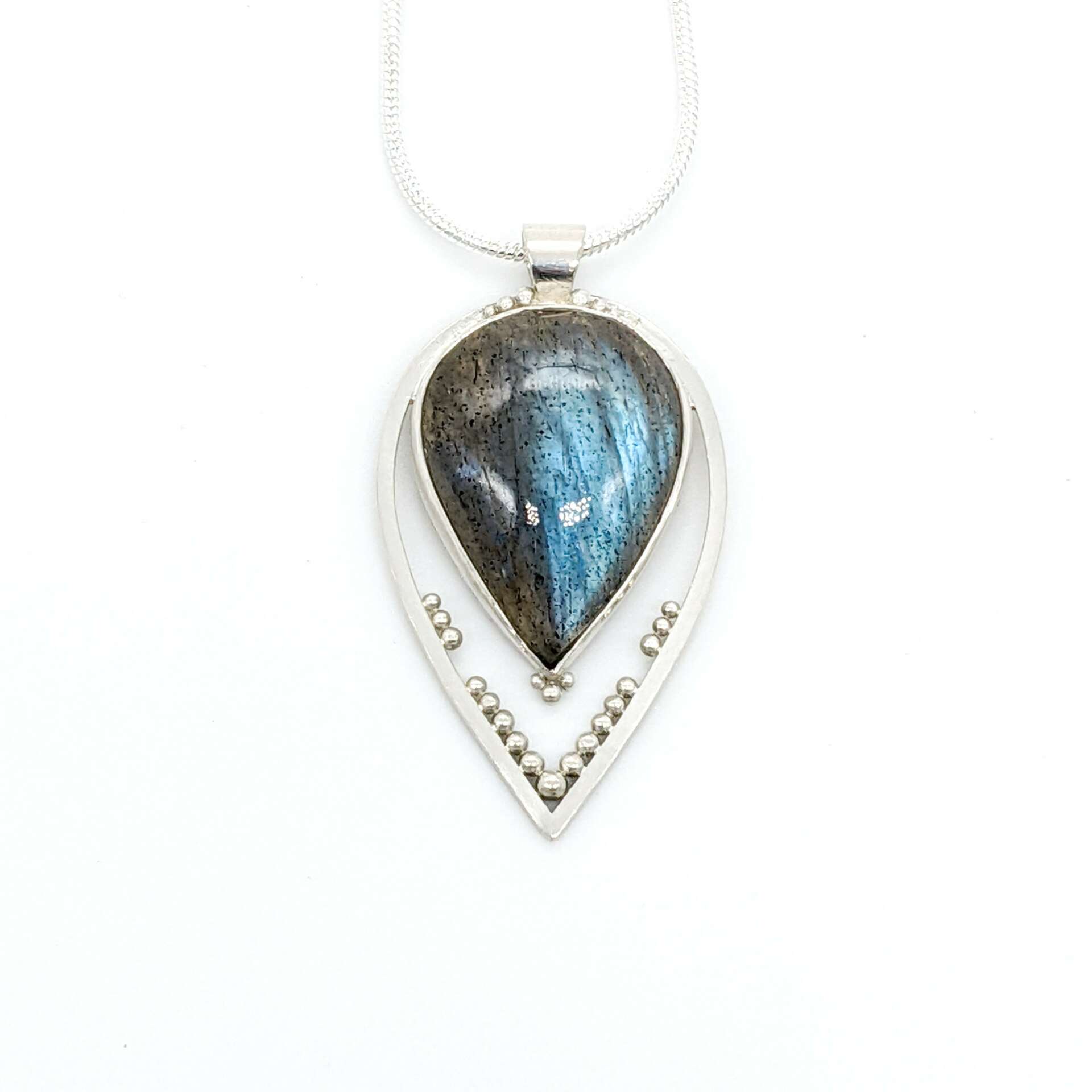
Are there any resources you wish you knew about earlier in your creative journey?
Art college was great, I loved it and I learned so much, but I don’t feel that I was really prepared for a career by my degree. I didn’t take advantage of any of the career services, and that’s on me, perhaps it would have helped. But I don’t feel that the core curriculum included enough information about my career options, about how to get started and be financially stable. We had an Senior Art Show, a staged gallery and opening night gala, but we didn’t discuss how one goes out into the world as an artist and finds gallery openings, how to take good photographs of our work to put into applications, how to live as an Artist or where we should go looking to find careers that support the art. I wish I had been encouraged during college to utilize student career services. I wish we had talked more about informal communities outside of college and professional organizations. Ganoksin is one example; a really excellent resource for anyone working in precious metals, and you don’t have to be a business owner or a professional to join and contribute.
I eventually discovered on my own that many cities have a local lapidary club – lapidary is the craft of cutting and polishing stones. Most of them are little non-profits run by retired rock hounds and hobby jewelers, and while they will specialize in making cabochons and teaching faceting, they very often include some amount of silver smith tools and classes. The two disciplines tend to go hand-in-hand. For any aspiring smiths out there looking for tools and space, look for a lapidary club.
Contact Info:
- Website: https://katjewelrydesign.crevado.com/work
- Instagram: https://www.instagram.com/katjewelrydesign/
- Facebook: https://www.facebook.com/KatJewelryDesign
Image Credits
Kat Glazewski


